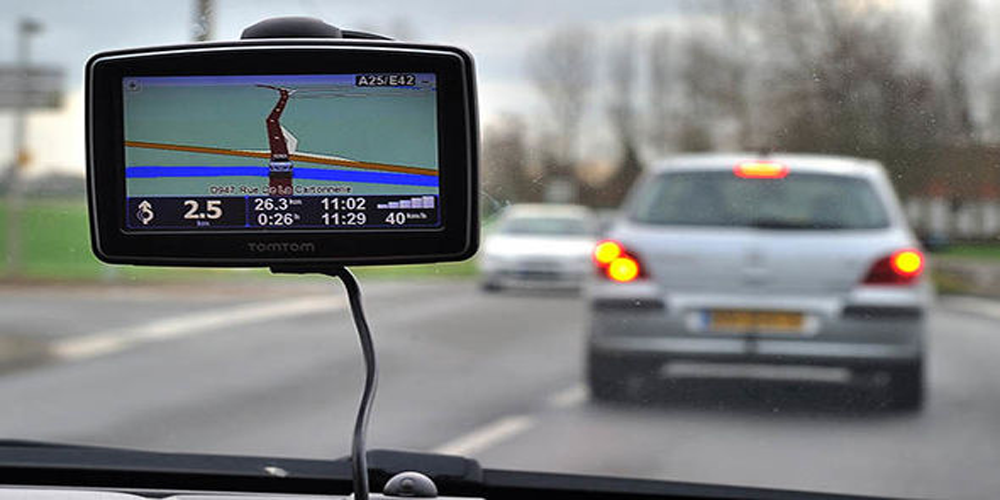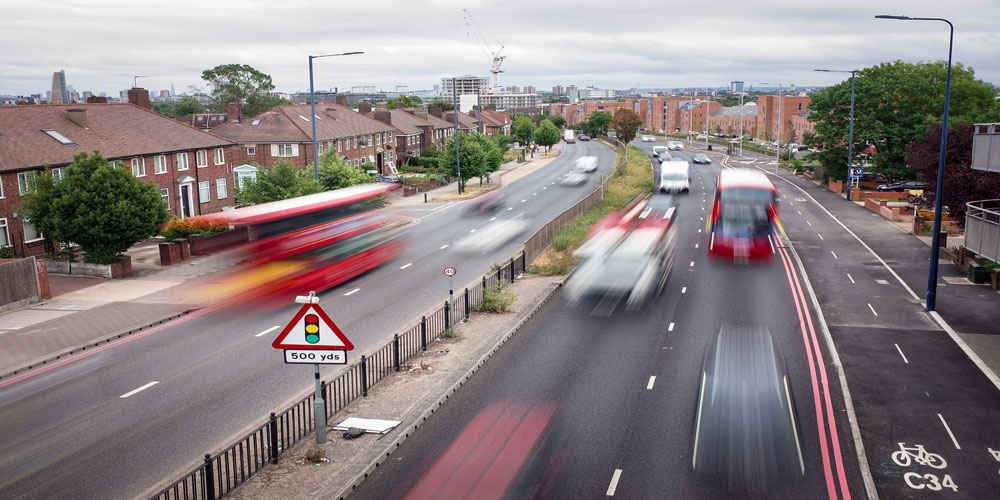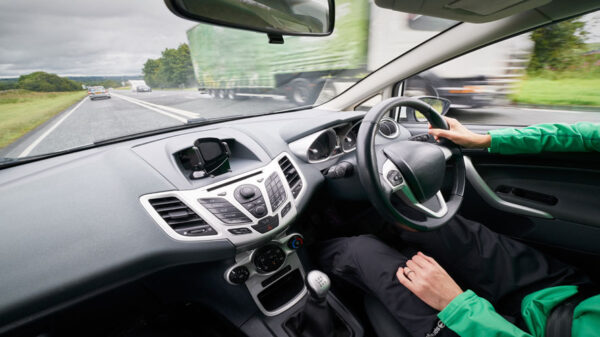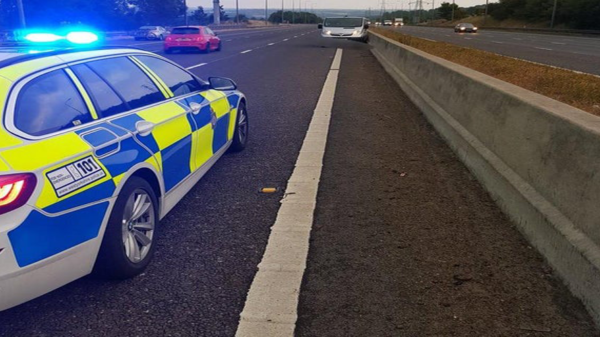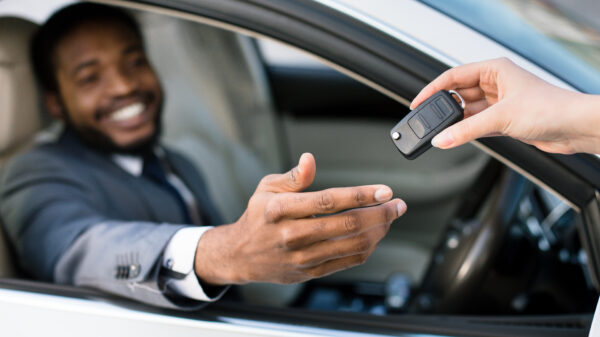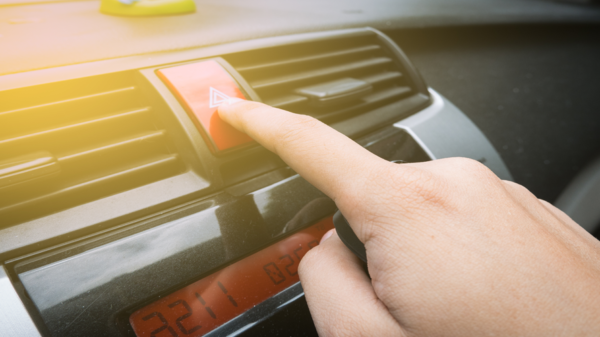Road safety organisation GEM Motoring Assist has encouraged UK drivers of all ages to ensure they meet the minimum standard for driving when it comes to people’s vision. This is because it would make a significant contribution to reducing the 3,000 fatal and serious injury collisions which occur every year on the UK’s roads because of poor eyesight.
GEM Chief Executive Neil Worth said: “Poor eyesight is linked to nearly 3,000 fatal and serious injury collisions every year. We are concerned that there are too many people driving whose eyesight has deteriorated to a dangerous level. Covid restrictions will have put many people off booking an eye test, but that is no longer a valid excuse.
“We urge everyone to prioritise safety and ensure they have a proper eye examination with an optician every two years. Eye tests allow professionals to identify and correct any problems, meaning the risks of driving are reduced and the road environment is safer.”
Drivers need to be careful, as if you’re caught behind the wheel without the high enough standard of vision for driving, you could be prosecuted.
There are driving eyesight requirements that all motorists must meet by law. You must be able to read (with glasses or contact lenses, if necessary) a car number plate made after 1 September 2001 from 20 metres.
Also, a driver must also have a visual acuity of at least decimal 0.5 (6/12) measured on the Snellen scale and an adequate field of vision. An optician will be able to test for all three of these factors.
Eyesight deterioration can be slow which is why it’s so important to have your eyes tested at least every two years, or straight away if you notice a problem.
If you have any problems with your eyes other than being long or short sighted or colour-blind, you must inform the DVLA.
Although poor eyesight can affect anyone at any age, it can often deteriorate over time and so if you are an elderly driver, it is important to keep all of this in mind
GEM is keen to support people who wish to stay behind the wheel for longer. But safety has to be the priority. Under the present regulations, it’s down to individual responsibility for drivers to declare themselves fit to drive.
“The problem is that we are unlikely to notice many of the changes to our vision,” added Neil Worth. “It takes a professional examination to reveal changes to our visual acuity, peripheral awareness, eye coordination, depth perception, ability to focus and colour vision. That’s why having an eye test every two years is a key part of being a responsible driver, whatever your age, just to ensure there are no safety concerns about your vision and to deal with any issues at an early stage.”
Eye tests are free to those aged 60 or over, as well as to those aged 16 to 18 and in full time education. For others, an eye test typically costs between £30 and £50.





